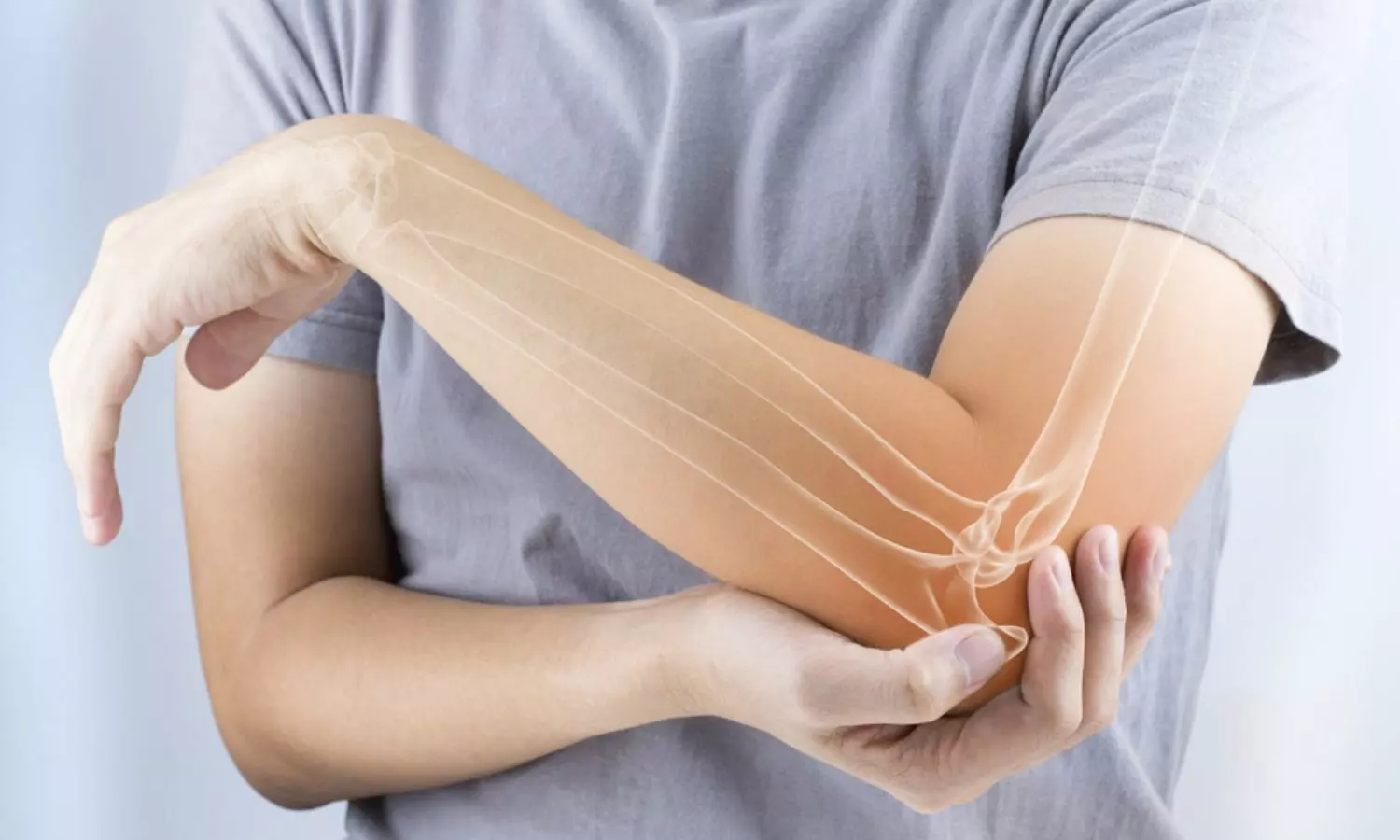Low BMD Potential Predictor of Mortality and Infections in Stroke Patients, uncovers study

Taiwan: In a groundbreaking hospital-based study, researchers have unveiled a potentially overlooked factor in the prognosis of stroke patients: low bone mineral density (BMD). Beyond its well-established role in skeletal health, BMD appears to hold significant implications for mortality and susceptibility to infections among individuals recovering from stroke, shedding new light on the intricate interplay between bone health and neurological outcomes.
The study highlighted the pivotal role of bone mineral density in stroke patient outcomes. The findings, published in The Journal of Clinical Endocrinology & Metabolism, imply that proactive assessment & management of BMD in stroke care could potentially bolster survival rates.
"Patients with lower BMD in the right femur (<0.624 g/cm2) and spine (<0.842 g/cm2) displayed reduced survival rates," the researchers reported. They noted that lower spine BMD correlated with a higher urinary tract infection (UTI) risk.
Low BMD has been linked to elevated risks of infections and mortality in the general population; however, there is no clarity on its association with these outcomes in stroke patients. Considering this, Chun-Sheng Hsu, Taichung Veterans General Hospital, Taichung, Taiwan, and colleagues aim to investigate the correlation between low BMD and mortality and infection risk among stroke patients in a Taiwanese cohort.
For this purpose, the researchers analyzed 905 stroke patients from a Taiwanese database (2000-2022) in a single-centered retrospective cohort study. Patients were divided as per BMD measurements of the spine and femur.
The primary outcome was all-cause mortality, and secondary outcomes included UTI and pneumonia. Accelerated failure time regression model analyses assessed the association between BMD and these outcomes; the Kaplan-Meier method and log-rank test assessed survival differences between groups.
The study revealed the following findings:
- Among the participants (average age 76.1 years, 70.5% female), 33.82% had osteopenia and 55.25% had osteoporosis.
- Stroke patients with lower spine and right femur BMD had significantly reduced survival rates, particularly, when the BMD value fell below 0.842 g/cm2 (spine), and 0.624 g/cm2 (right femur), respectively.
- Regarding secondary outcomes, lower spine BMD is associated significantly with an increased risk of UTI.
The findings showed low BMD, particularly in the spine and femur, as a significant predictor of UTI and mortality in stroke patients.
"These findings highlight the importance of managing and assessing BMD in stroke patients to reduce complications and improve outcomes," the researchers wrote.
As the field of stroke medicine continues to evolve, studies like this serve as poignant reminders of the multifaceted nature of disease processes and the interconnectedness of bodily systems. By embracing a holistic approach to patient care, healthcare providers can strive towards better outcomes and improved quality of life for individuals recovering from stroke.
Reference:
Tsai, Y., Chuang, Y., Cheng, Y., Deng, Y., Lin, S., & Hsu, C. Low Bone Mineral Density as a Predictor of Mortality and Infections in Stroke Patients: A Hospital-based Study. The Journal of Clinical Endocrinology & Metabolism. https://ift.tt/pUDeIjK
from Medical News, Health News Latest, Medical News Today - Medical Dialogues | https://ift.tt/zZxqGSj
Comments
Post a Comment